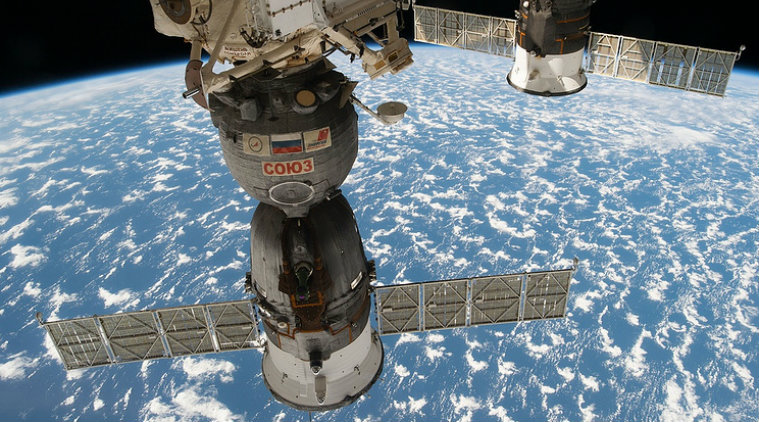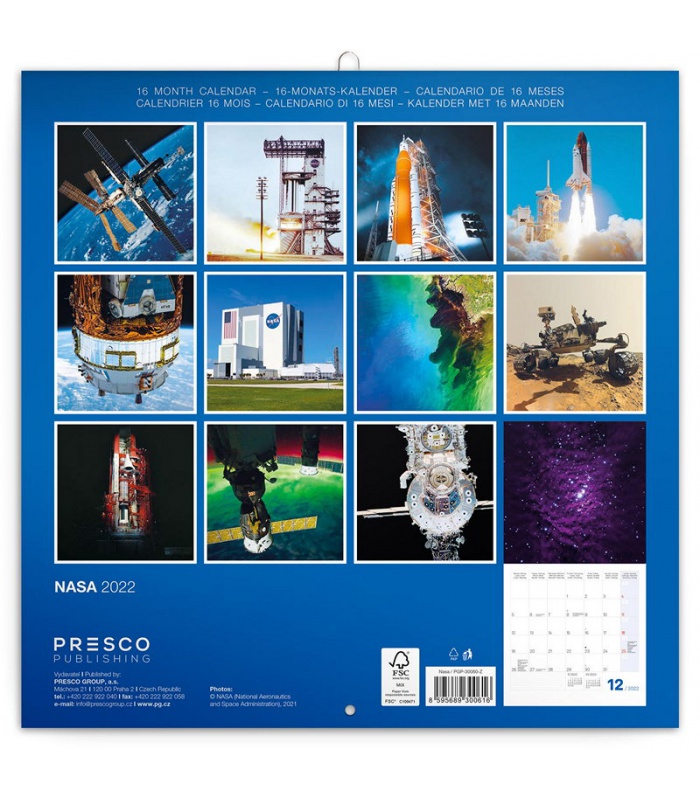

Women now account for 30 percent of the control room staff, compared to one for the Apollo 11 mission-the first time astronauts landed on the moon in 1969.ĭuring the 42-day trip, the Orion capsule will orbit the Moon, coming within 60 miles (100 kilometers) at its closest approach, and then fire its engines to shoot out 40,000 miles-a record for a spacecraft rated to carry humans. In another first, a woman-Charlie Blackwell-Thompson-will give the final green light for liftoff. And we now are the Artemis generation," NASA Administrator Bill Nelson said Saturday. One Artemis mission has already been completed: in late 2022 Artemis 1, an uncrewed.
Who owns nasa 2022 series#
"This mission goes with a lot of hopes and dreams of a lot of people. The Artemis programme is a series of ongoing lunar missions run by NASA. At some point, Artemis aims to put a woman and a person of color on the Moon for the first time. The rocket's Orion capsule is set to orbit the Moon to see if the vessel is safe for people in the near future. Researchers will precisely measure that change using. Scientists estimate the kinetic impact will shorten Dimorphos’ orbit around Didymos by several minutes. 1, 2022, intentionally slamming into Dimorphos at roughly 4 miles per second (6 kilometers per second). The massive orange-and-white rocket, which has been sitting on the space center's Launch Complex 39B for more than a week, will not be able to take off in case of rains and storms. The spacecraft will intercept the Didymos system between Sept. In more positive news for ESA, Italian astronaut Samantha Cristoforetti officially became the first European woman to command the International Space Station (ISS).Ĭristoforetti, 45, took command in September, becoming the fifth European commander of the ISS after Frank De Winne, Alexander Gerst, Luca Parmitano and Thomas Pesquet.Schematic outline of the NASA's Artemis I voyage planned for launch on August 29. Russia was to contribute with the launch of the spacecraft and landing platform, as well as instruments and radioisotope heating units on the rover. 17, 2022, after being rolled out to the launch pad at NASA’s Kennedy Space Center in Florida. The decision was announced in July, due to rising tensions between Russia and the West over the war in Ukraine.ĮSA and Roscosmos had been collaborating on a mission to look for signs of life on Mars using the European ExoMars rover. NASA’s Space Launch System (SLS) rocket with the Orion spacecraft aboard is seen atop a mobile launcher at Launch Pad 39B, Wednesday, Aug. The European Space Agency (ESA) meanwhile officially ended its cooperation with Russia on the ExoMars mission to find life on the Red Planet.

He pointed out that Russia gained international prestige from its part in the operation of the ISS, and that NASA’s ongoing cooperation with Russia was “just NASA being very, very practical”. ‘Putin needs the ISS’: US astronaut Scott Kelly on future of space cooperation - and chasing UFOs.He since rowed back on that threat.Įuronews Next spoke to Scott Kelly, a former NASA astronaut and captain of the ISS, who said of Russia’s threat to quit the project: “I don't believe they would ever leave, unless they had no choice, like unless they could not afford to launch another rocket to fly their crews up there, which might actually be a possibility actually at some point". The space station has been a joint international venture led by the US and Russia, with its operation depending on both of the senior partners.Īmid the deterioration of relations between the two sides, Borisov claimed the ISS was unfit for purpose and said Russia was going to build its own space station. The fallout from Russia’s invasion of Ukraine reached the International Space Station this year, with the new head of Russia’s space agency Yuri Borisov announcing Russia was going to quit the ISS after 2024. SpaceX’s Falcon Heavy, the most powerful operational rocket in the world, launched out of Florida on Tuesday morning, marking the first flight for the rocket in more than three years. Astronomers detect huge ‘planet killer’ asteroid that could one day threaten Earthįuture of the International Space Station in doubt.


 0 kommentar(er)
0 kommentar(er)
